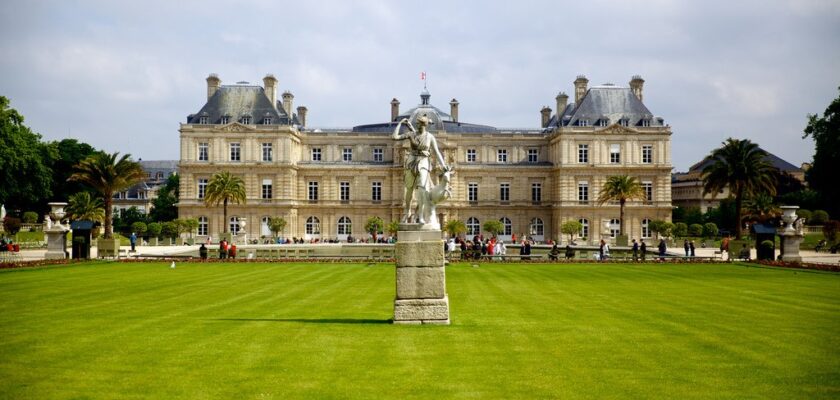Luxembourg Garden (Jardin du Luxembourg)
Jardin du Luxembourg is one of the most famous palace and park ensembles in Paris, located in the Latin Quarter of the French capital. It traces its history back to 1611. Now the Luxembourg Gardens occupies an area of 26 hectares and has the fame of the “green lungs” of the Left Bank. In its northern part there is one of the outstanding monuments of French architecture – the majestic Luxembourg Palace. The picturesque park is a favorite resting place for Parisians and a popular attraction where all tourists try to visit.
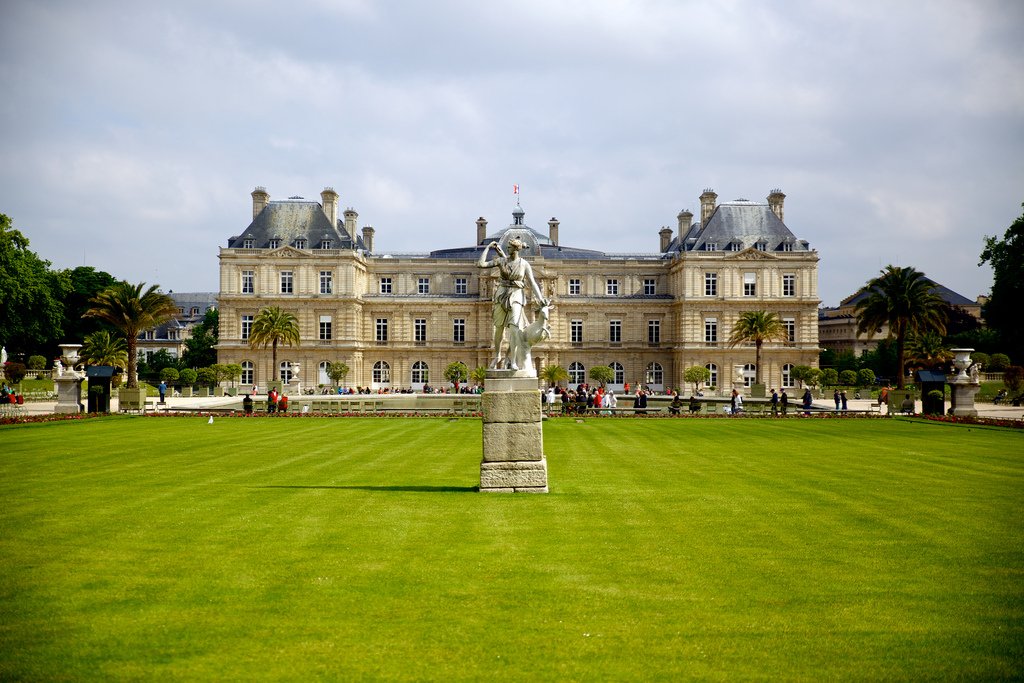

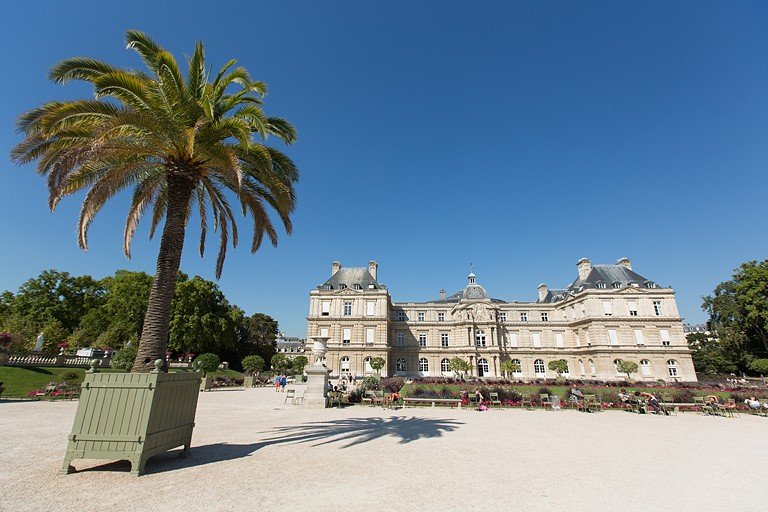
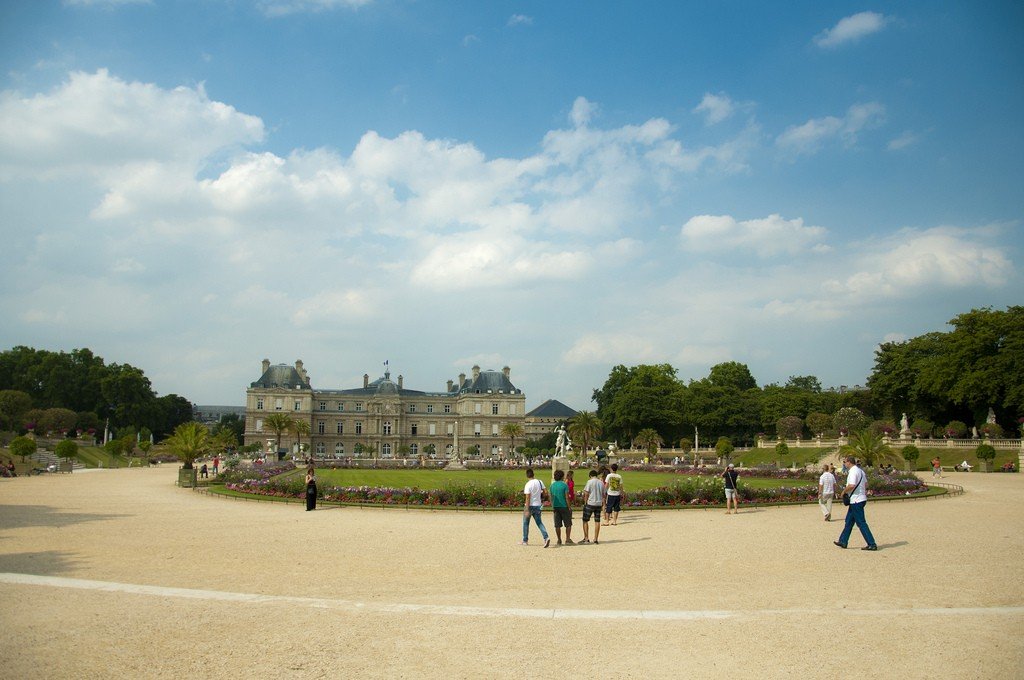
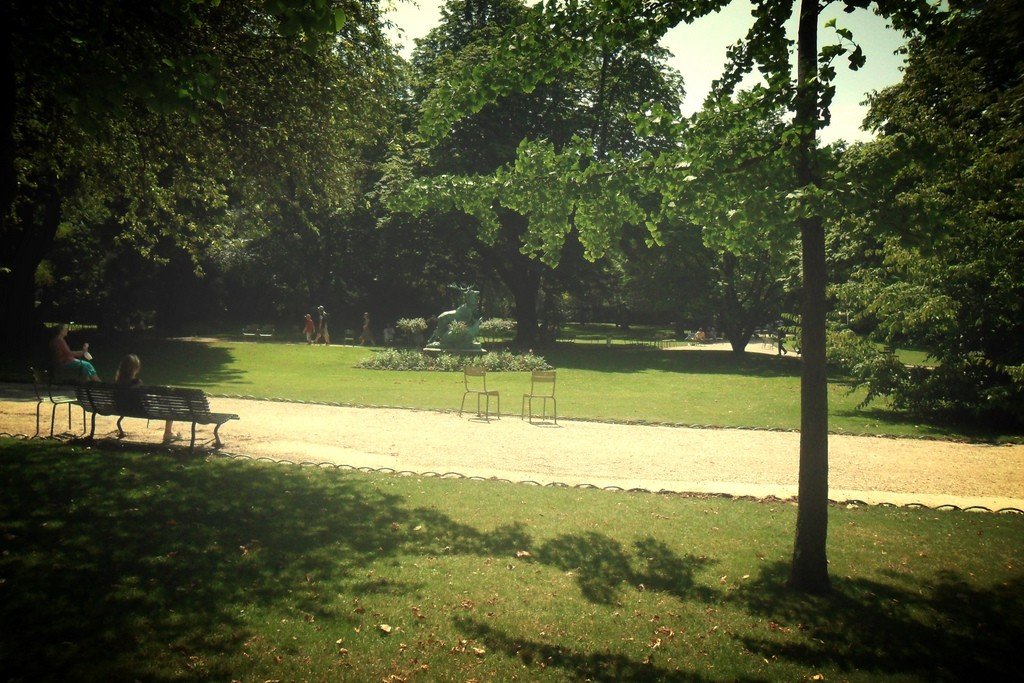
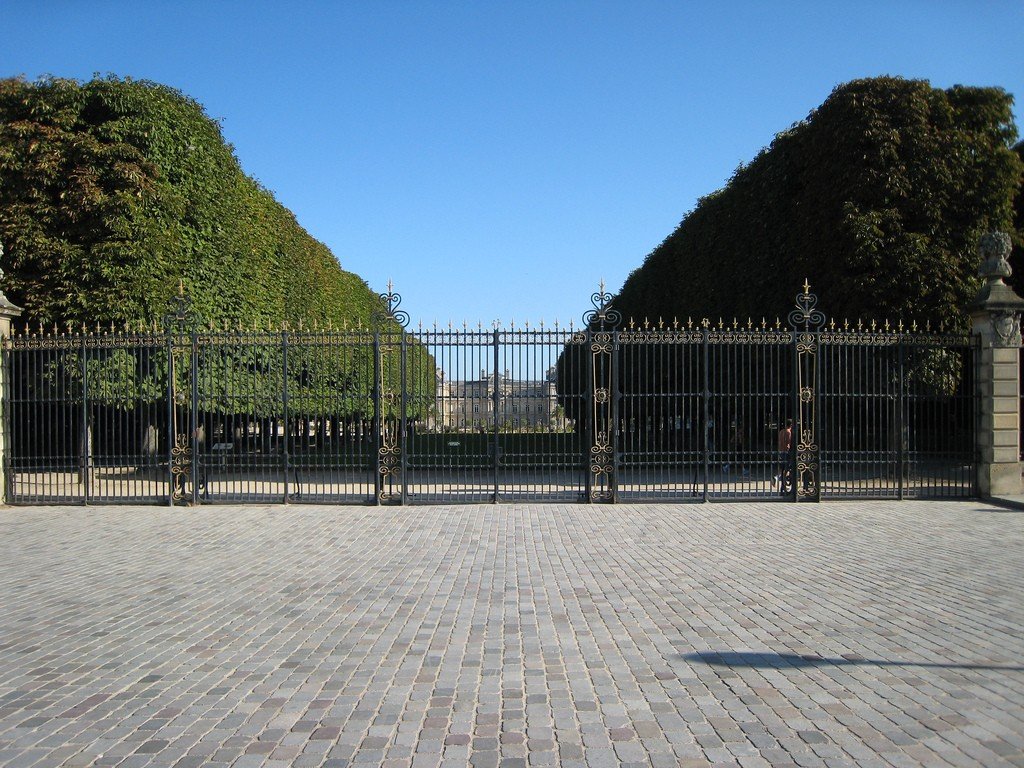
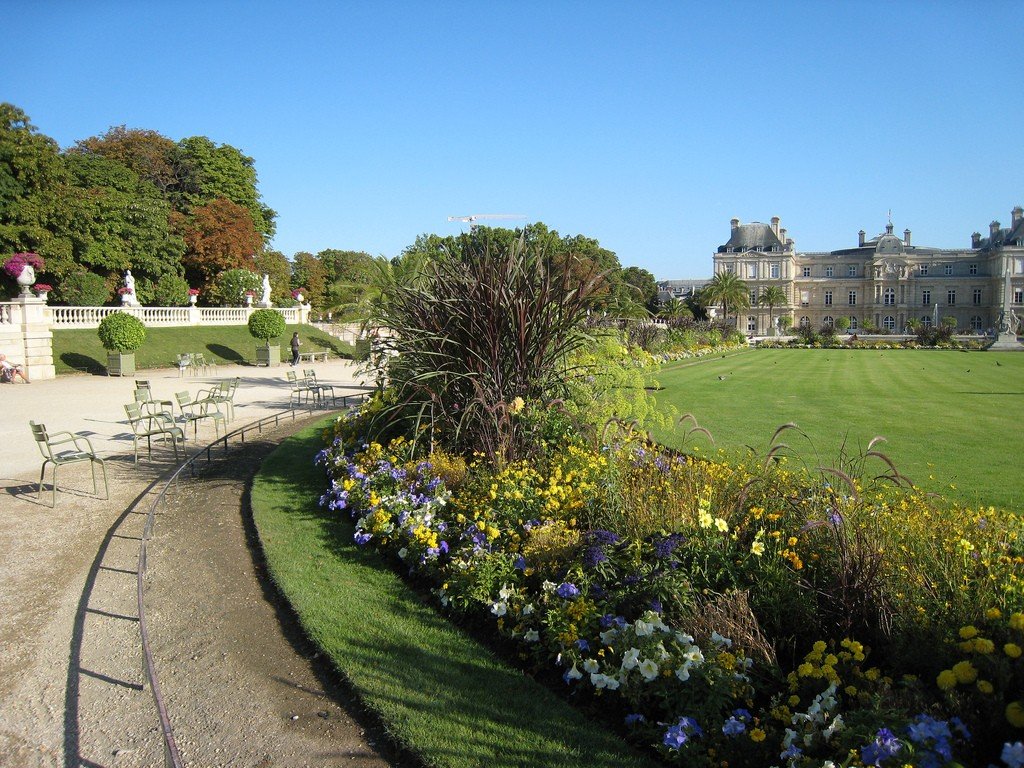
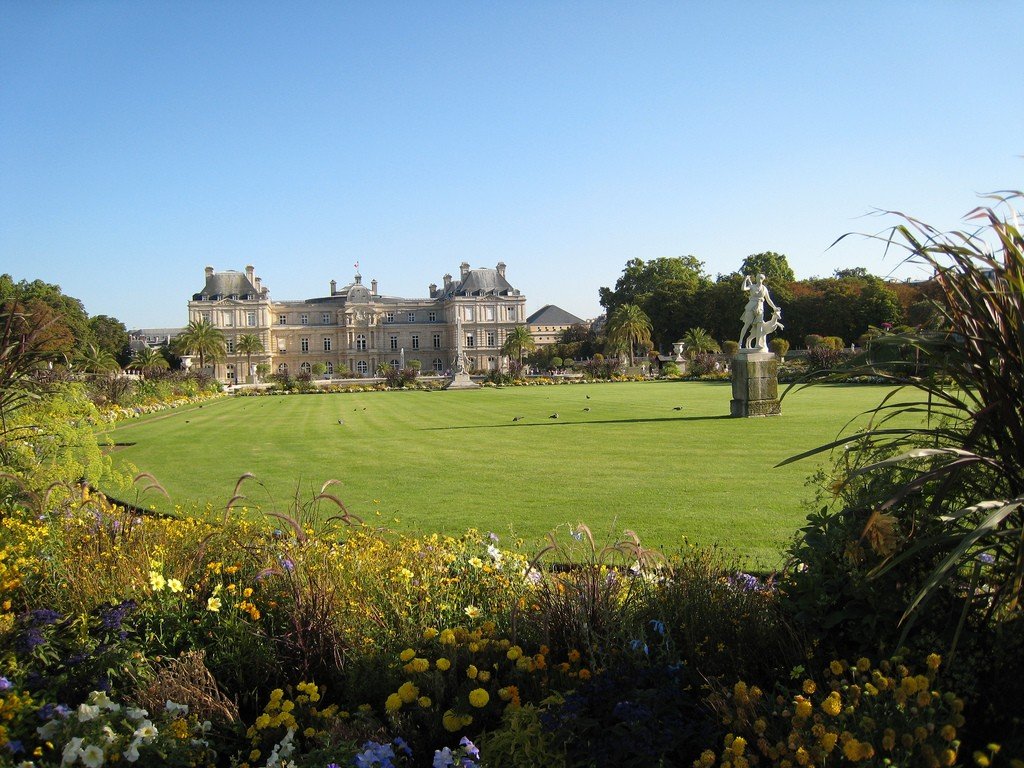
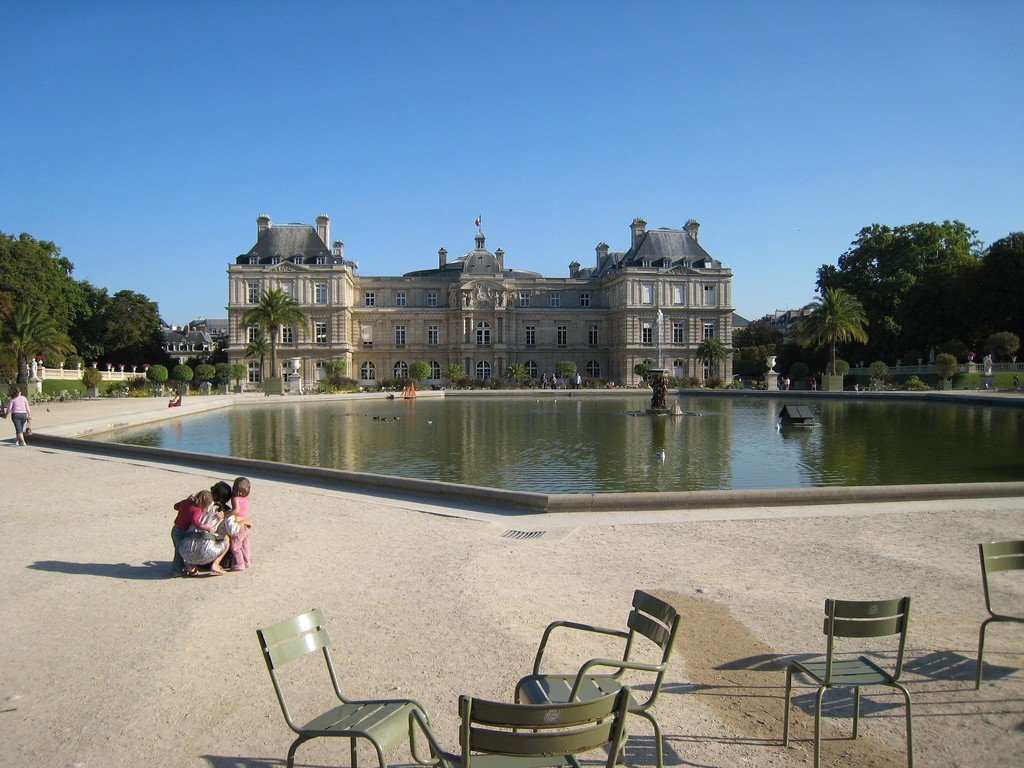
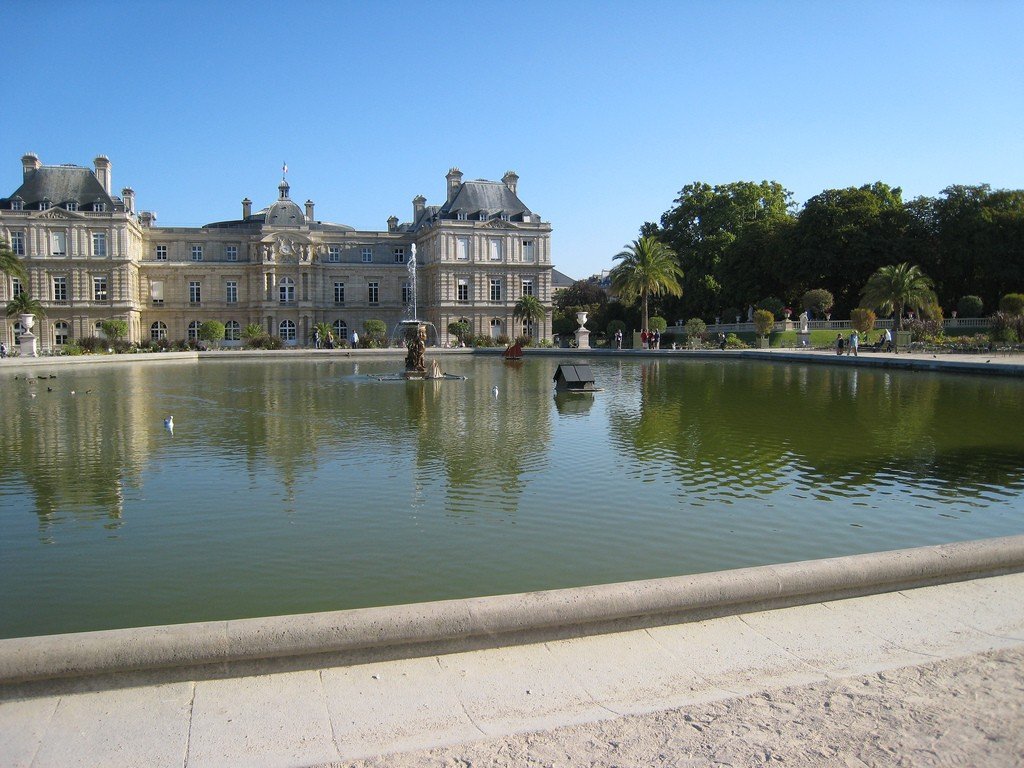
Video: Luxembourg Gardens
ContentsHighlights
The green space is beautiful at any time of day. Visitors stroll through the Luxembourg Gardens both in the morning, at noon and in the evening twilight. Many come here to spend a pleasant time with friends, enjoy the spectacle of luxurious flowerbeds and admire ancient monuments and fountains. Most of the green lawns have no fences, and there are benches for resting near the walkways under the chestnut trees. There are many small outdoor cafes nearby where you can have a coffee, ice cream or lunch.
.
The Luxembourg Garden provides excellent conditions for sports and children’s games. The western part is equipped with basketball courts, tennis courts, a pony-riding area and a jeux-de-pom court. There is an indoor court where chess fans gather, as well as a place that is always crowded with bocce enthusiasts.
.
Not far from the entrance to the garden is the music pavilion. Professional and amateur artists can be seen on the outdoor stage all year round. Concerts and small shows are held here, and temporary photo exhibitions are organized on the pavilion’s outer lattice. There is also a puppet theater and an antique carousel for children in the park area.
.History
In the early 17th century, far outside of Paris, a castle began to be built for Maria de’ Medici, widow of French King Henry IV. The French queen spent her childhood and teenage years in Florence. She grew up in the largest palace of this city – the beautiful Palazzo Pitti and walked a lot in the green gardens of Boboli. The country palace and the surrounding garden near Paris were therefore arranged in the likeness of an Italian palazzo.
.
So that trees and shrubs could grow normally, and the flowerbeds of the Luxembourg Garden were always drowned in flowers, a special aqueduct was built to the territory. The construction of this engineering structure took time, and the aqueduct system was completed only in 1624. Marble sculptures were also installed not immediately. They decorated the green park only in the XIX century.
.Almost from the very beginning, the new garden became popular with Parisians. In the XVIII century, French literati liked to walk here. On the shady alleys one could see Denis Diderot and Jean-Jacques Rousseau.
.
The territory of the park was constantly changing. At first it was enlarged at the expense of the lands of the Cartesian abbey. Later, during the restoration of the palace, about 6 hectares were cut off from the garden. During Napoleon’s reign, a street was laid through the park, which today bears the name of the French philosopher Aususte Comte.
.
Despite several large-scale reconstructions, the Luxembourg Gardens have retained features of Italian lightness. For those who walk through it nowadays, it is easy to imagine what it was like in the time of Maria de’ Medici..
Sights
In the north of the garden, in front of Vaugirard Street stands the Luxembourg Palace. It was built for Marie de Medici by the famous French architect Salomon Debrosse. The palace appeared in a period of transition, so its architecture has Renaissance and Baroque features.
.
During World War II, Paris was occupied by the Germans. The palace in the Luxembourg Gardens was occupied by the headquarters of the Luftwaffe, and Hermann Goering often came here. Today, the French Senate, the upper house of the country’s parliament, holds its sessions in the building of the Small Palace. A museum is also located here.
.Getting inside the Luxembourg Palace is not so easy. For ordinary tourists it is opened only on Cultural Heritage Days. Tours of the architectural monument are held at other times, but strictly by appointment and with prepayment. The palace interiors impress with their splendor. Red carpets are laid on the floor, there is a lot of gilding, statues, busts around, and the walls are decorated with colorful paintings.
.
In front of the palace is a large fountain, near which there are always many people. They come to launch small, finely crafted sailboats and yachts in the circular pond. Parents with children rent boats so that their children can play to their hearts’ content.
.
Another fountain, which also attracts many tourists, is named after Maria de’ Medici. It is located in the northeast corner of the Luxembourg Gardens and is surrounded by old plane trees. This fountain was built in the 17th century, during the lifetime of the French queen. On one side it is decorated with sculptures depicting the myth of Polyphemus, the Nereid Galatea and the young man Akida. On the opposite side of the ancient fountain can be seen an elegant bas-relief of Leda and a swan. Both subjects were extremely popular with Renaissance artists.
.Interesting facts
- The older part of the park adjoins the Luxembourg Palace. It is arranged in the French style. There are many austere flowerbeds and rectilinear terraces. The green zone to the east and southeast appeared later, so it has a free layout reminiscent of English parks. .
- Some garden plants, such as heat-loving palms, are grown in tubs and pots. They are moved to warm rooms for the winter.
- In the Luxembourg Garden there are many sculptures. One of them is a copy of the famous Statue of Liberty by French sculptor Frederic Auguste Bartholdi, which has a height of 2 meters.
- In 1911-1912 in the Luxembourg Garden were meetings of poet Anna Akhmatova and little-known at that time, the artist Amedeo Modigliani. .
- The Paris park is mentioned in one of Joe Dassin’s lyrical songs and Joseph Brodsky’s poems.
How to get there
The Luxembourg Gardens are at the end of the spacious Boulevard Saint-Michel. If you come here by metro, you need to get off at the Luxembourg station. Those who use ground transportation can reach this part of the Latin Quarter by buses #38, 82, 83, N14, N21 and N122. Buses Nos. 58, 84 and 89 approach the northern part of the garden.
.